CURRIED PUMPKIN SOUP (serves 6-8)
by Andi Macdonald, Chef and Sacramento County Master Gardener
INGREDIENTS
2 tablespoons olive oil
1 cup diced onions
1/2 cup diced carrots
1/2 cup diced celery
1 tsp minced garlic
1/2 cup dry white wine (optional)
6 cups vegetable stock
Salt to taste
1/2 tsp freshly ground black pepper
1/4 cup curry paste* (or more, to taste)
4 cups pumpkin puree**
1 can coconut milk (12-13 ounces)
Chopped parsley for garnish
Toasted pumpkin seeds for garnish.
INSTRUCTIONS
Heat the olive oil in a soup pot. Saute onion, carrots, and celery until soft. Add garlic and sauce one minute more. Add wine (optional). Boil down until almost evaporated. Be careful not to scorch the vegetables.
Add stock, pepper, curry paste, and pumpkin. Stir thoroughly to combine. Bring to a boil, immediately reduce heat to low, and simmer for 30 minutes. Add more liquid (stock or water) if soup seems to thick.
Puree the soup in small batches using a food processor or blender. You can either do this hot, being careful with hot liquid in a blender, or if time allows, let cool and then blend. Depending on how velvety you want the texture, you can pour the soup through a sieve after blending.
Return to pan and stir in coconut milk. Optional: add salt to suit your taste. Bring the soup to the brink of a boil. Reduce heat to low, and simmer for another 30 minutes. Taste again and adjust for salt and pepper. Pour into soup bowls and garnish with fresh parsley and pumpkin seeds.
* Curry paste is available in many grocery stores in the specialty Asian sections. It can also be ordered online. Heat (spiciness) can vary, so take a taste before adding to the soup. You can always add more. Curry powder can be used instead of the paste. Start with a smaller amount and add more to taste.
** Pumpkin puree can be canned or scraped from a roasted pumpkin (no seeds!). If you make your own, the flavor is better if a variety of winter squashes are used. For this recipe, I combine roasted butternut, kabocha, and pie pumpkins. I have found that the pumpkins sold as pie pumpkins aren’t as flavorful as a combination of squashes. They also tend to be more watery than other winter squashes. A note - if you make your own pumpkin pies, try a combination of winter squashes, as well.
The best pumpkins for soup?
Andi stresses that to make pumpkin soup as appealing as possible, use several different winter squashes in the puree. Her recipe uses a pumpkin, Butternut Squash and Kabocha squash.
Johnny’s Selected Seed website mentions many more tasty winter squashes worth trying, including Delicata, Acorn, Hubbard, and Buttercup.
In the podcast, for her pumpkin, Andi mentions purchasing a 7 or 8-inch pumpkin from the grocery store, with the word “Sweet” in its name. This website lists their favorite pumpkins for puree. One of them: Early Sweet Sugar Pie, an heirloom variety carried by Burpee Seeds. Their description: “The fine orange flesh of this favorite is the best for rich pumpkin pies. Easy to handle, at only 6-7 lb. each.”
Seed company Botanical Interests says this about another with a similar name (perhaps it’s the same?), Sugar Pie, an heirloom: “Since the 1800s, 'Sugar Pie' has been the standard for making terrific pies, soups, muffins, and casseroles. Small, 6"-7" fruits are also good for carving decor-size jack o'lanterns. Stores for months. Also called 'New England' pumpkin.”
Johnny’s Selected Seeds has an excellent page on choosing, growing, harvesting and storing the best winter squash varieties for eating. They offer these tips on harvesting and storing:
Wait 50–55 days after pollination or fruit set to harvest.
When fruits are ready for harvest, clip them from the vines and handle carefully.
Cure the fruits by exposing them to sun in the field for 5–7 days; or, if there is a threat of hard frost, cure the fruits inside for 5–7 days at 80–85°F/27–29°C with good air ventilation. The curing process will improve storage potential by toughening the skin, and it can speed up the necessary post-harvest storage interval needed by some types for optimal quality.
After curing, store fruits at 50–60°F/10–15°C, with 50–70% relative humidity and good ventilation. Repeated exposure to temperatures below 50°F/10°C may cause chilling damage.
Sort fruits on a regular basis to remove any rotten fruits.
Thank you for listening to the Garden Basics with Farmer Fred podcast! It’s available wherever you get your podcasts. Please share it with your garden friends.
As an Amazon Associate, I earn from qualifying purchases from some of the underlined links in the newsletter. This is how I am trying to keep this a free newsletter. And as long as you buy whatever you want from Amazon using any of those links to get into the Amazon site, I get a few pennies. Thank you.
Thanks for Subscribing and Spreading the Word About the Beyond the Basics: The Garden Basics with Farmer Fred newsletter, I appreciate your support.
Fred Hoffman is also a University of California Cooperative Extension Master Gardener in Sacramento County.





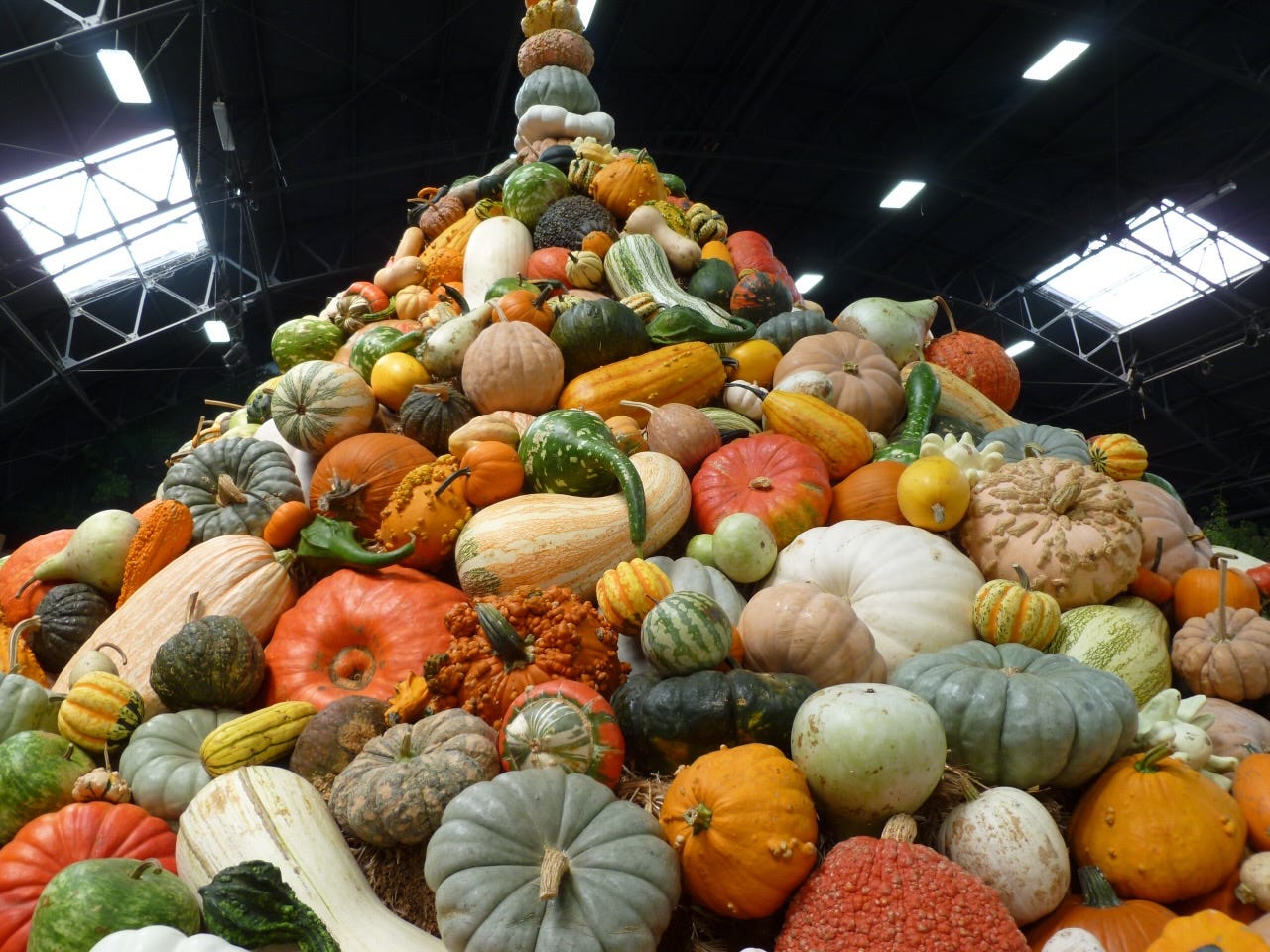



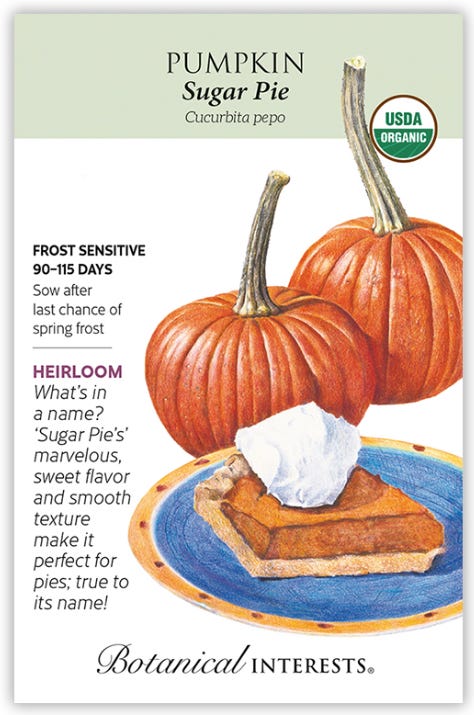



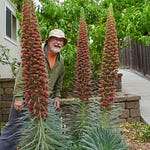

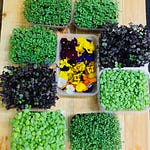
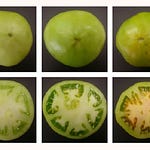

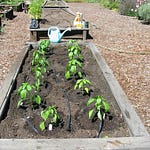
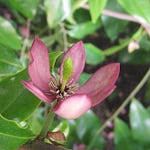
Share this post